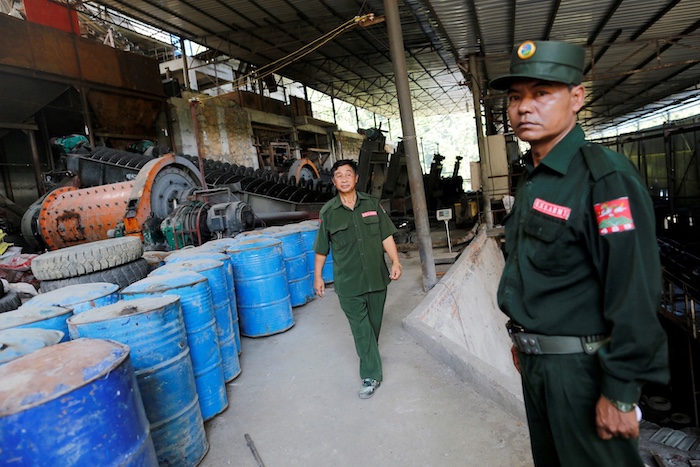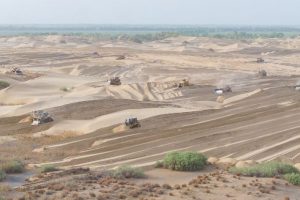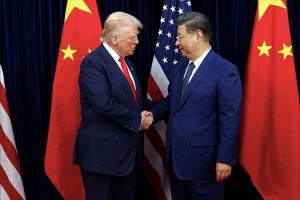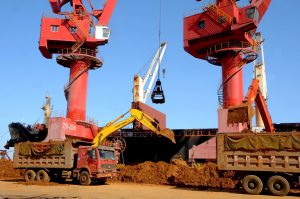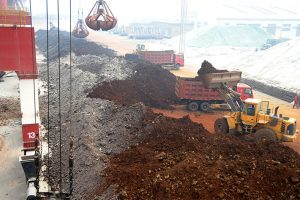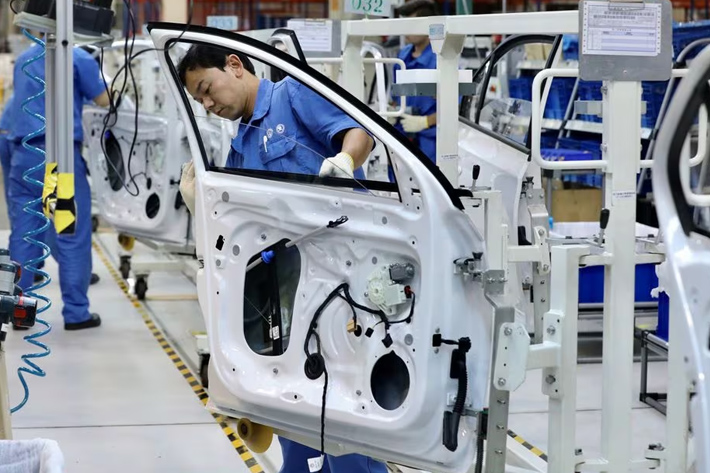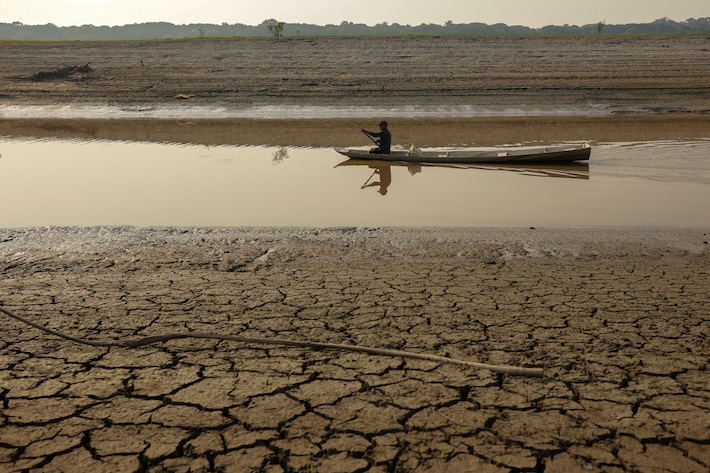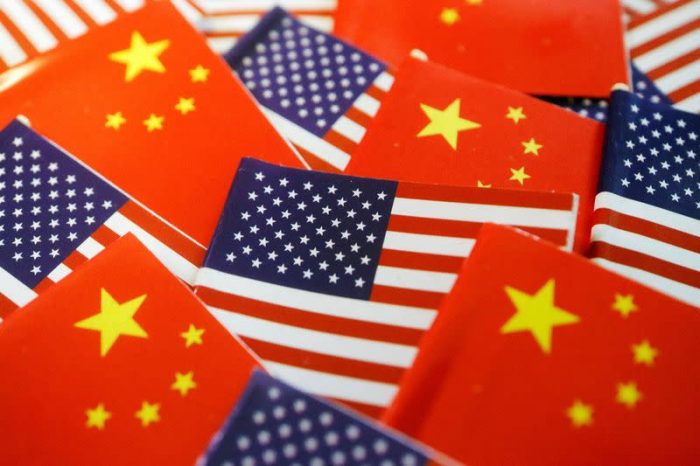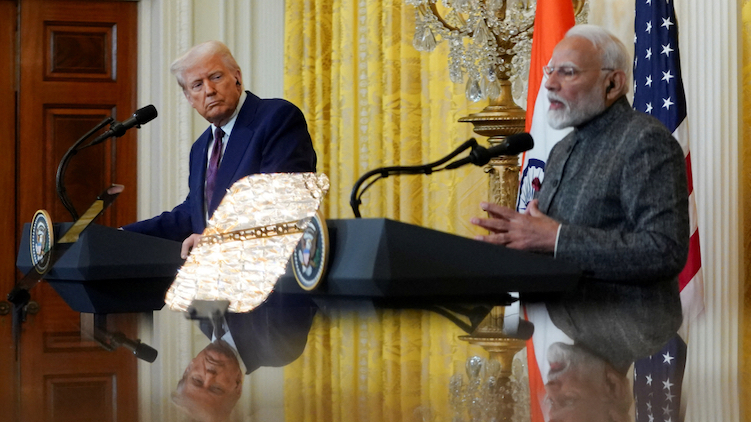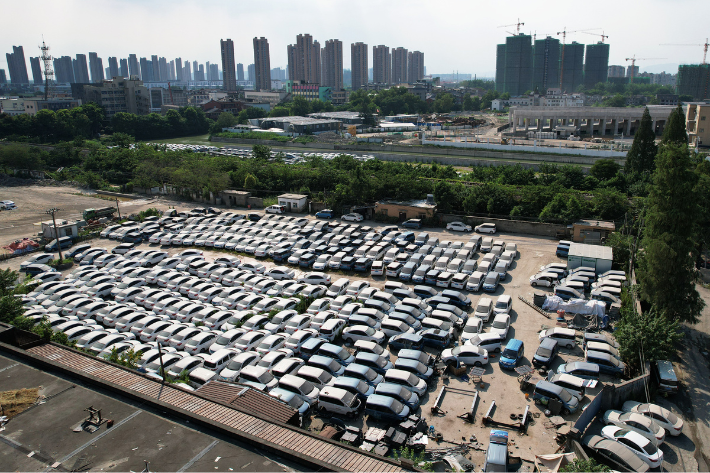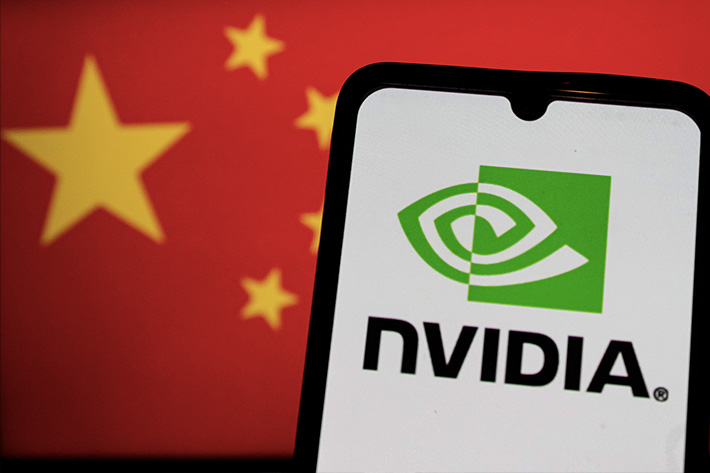The Wa, an ethnic army in northeastern Myanmar that is backed by China – best known for its drug production, has secured new rare earth mines in the country’s eastern Shan state.
The news confirms earlier reports that Beijing is now heavily reliant on Myanmar for the rare earth metals and oxides needed to produce them. Indeed, Chinese customs data show that its ravaged and war-torn southern neighbour was the source of nearly half those imports in the first four months of this year.
The latest details, from four sources who spoke to Reuters, comes as Beijing moves to secure control of critical minerals it has been able to use as a bargaining chip in its trade war with Washington. China has a near-monopoly on the processing of heavy rare earths into magnets that power critical goods like wind turbines, medical devices and electric vehicles.
ALSO SEE: Trade Truce Done With 55% Tariffs on China Exports, Trump Says
Beijing’s access to fresh stockpiles of minerals like dysprosium and terbium has been throttled recently after a major mining belt in Myanmar’s north was taken over by the United Wa State Army, which has been battling the military junta, which Beijing also supports.
Now, in the hillsides of Shan state in eastern Myanmar, Chinese miners are opening new deposits for extraction, according to two of the sources, both of whom work at one of the mines. At least 100 people are working day-to-night shifts excavating hillsides and extracting minerals using chemicals, the sources said.
Two other residents of the area said they had witnessed trucks carrying material from the mines, between the towns of Mong Hsat and Mong Yun, toward the Chinese border some 200km away. Reuters identified some of the sites using imagery from commercial satellite providers Planet Labs and Maxar Technologies.
Business records across Myanmar are poorly maintained and challenging to access, and Reuters could not independently identify the ownership of the mines.
The mines operate under the protection of the UWSA, according to four sources, two of whom were able to identify the uniforms of the militia members.
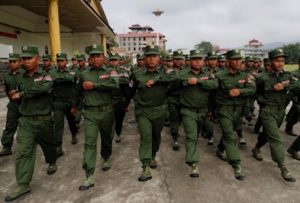
The UWSA, which is among the biggest armed groups in Shan state, also controls one of the world’s largest tin mines. It has long-standing commercial and military links with China, according to the US Institute of Peace, a conflict resolution non-profit.
Details of the militia’s role and the export route of the rare earths are reported by Reuters for the first time.
‘Belt of rare earths running down from north’
University of Manchester lecturer Patrick Meehan, who has closely studied Myanmar’s rare earth industry and reviewed satellite imagery of the Shan mines, said the “mid-large size” sites appeared to be the first significant facilities in the country outside the Kachin region in the north.
“There is a whole belt of rare earths that goes down through Kachin, through Shan, parts of Laos,” he said.
China’s Ministry of Commerce, as well as the UWSA and the junta, did not respond to Reuters’ questions.
Access to rare earths is increasingly important to Beijing, which tightened restrictions on its exports of metals and magnets after US President Donald Trump resumed his trade war with China this year.
While China appears to have recently approved more exports and Trump has signalled progress in resolving the dispute, the move has upended global supply chains central to automakers, aerospace manufacturers and semiconductor companies.
The price of terbium oxide has jumped by over 27% across the last six months, Shanghai Metals Market data show. Dysprosium oxide prices have fluctuated sharply, rising around 1% during the same period.
Chinese influence
A prominent circular clearing first appears in the forested hills of Shan state, some 30 km (18.6 miles) away from the Thai border, in April 2023, according to the satellite images reviewed by Reuters.
By February 2025 — shortly after the Kachin mines suspended work — the site housed over a dozen leaching pools, which are ponds typically used to extract heavy rare earths, the images showed.
Six kilometres away, across the Kok river, another forest clearing was captured in satellite imagery from May 2024. Within a year, it had transformed into a facility with 20 leaching pools.
The Kok River has been one of several sources of toxic runoff that flow into the Mekong and neighbouring countries, causing protests and serious concern in Thailand.
Minerals analyst David Merriman, who reviewed two of the Maxar images for Reuters, said the infrastructure at the Shan mines, as well as observable erosion levels to the topography, indicated that the facilities “have been producing for a little bit already”.
At least one of the mines is run by a Chinese company using Chinese-speaking managers, according to the two mine workers and two members of the Shan Human Rights Foundation, an advocacy group that identified the existence of the operations in a May report using satellite imagery.
An office at one of the two sites also had a company logo written in Chinese characters, said one of the workers, who spoke on condition of anonymity in order to discuss sensitive matters.
Hills scarred by leaching pools
The use of Chinese operators in the Shan mines and transportation of the output to China mirrors a similar system in Kachin, where entire hillsides stand scarred by leaching pools.
Chinese mining firms can produce heavy rare earth oxides in low-cost and loosely regulated Myanmar seven times cheaper than in other regions with similar deposits, said Neha Mukherjee of London-based Benchmark Mineral Intelligence. “Margins are huge.”
Beijing tightly controls the technology that allows for the efficient extraction of heavy rare earths, and she said that it would be difficult to operate a facility in Myanmar without Chinese assistance.
The satellite imagery suggests the Shan mines are smaller than their Kachin counterparts but they are likely to yield the same elements, according to Merriman, who serves as research director at consultancy Project Blue.
“The Shan State deposits will have terbium and dysprosium in them, and they will be the main elements that (the miners) are targeting there,” he said.
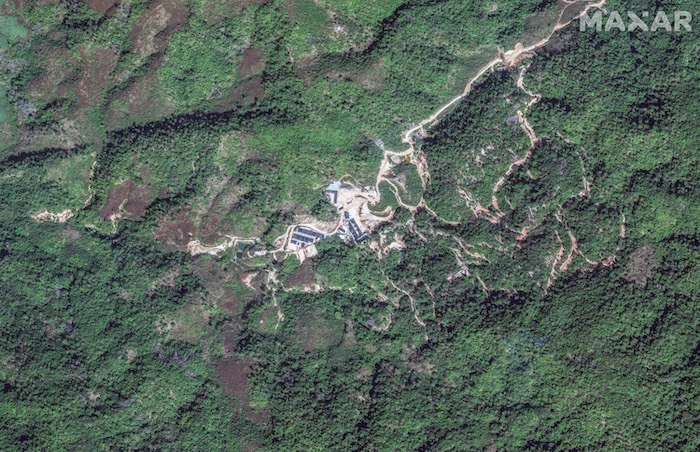
Strategic tool
The UWSA oversees a remote statelet the size of Belgium and, according to US prosecutors, has long prospered from the drug trade. It has a long-standing ceasefire with the junta but still maintains a force of between 30,000 and 35,000 personnel, equipped with modern weaponry mainly sourced from China, according to Ye Myo Hein, a senior fellow at the Southeast Asia Peace Institute.
“The UWSA functions as a key instrument for China to maintain strategic leverage along the Myanmar-China border and exert influence over other ethnic armed groups,” he said.
Some of those fighters are also closely monitoring the mining area, SHRF member Leng Harn said. “People cannot freely go in and out of the area without ID cards issued by UWSA.”
Shan state has largely kept out of the protracted civil war, in which an assortment of armed groups are battling the junta. The fighting has also roiled the Kachin mining belt and pushed many Chinese operators to cease work.
China has repeatedly said that it seeks stability in Myanmar, where it has significant investments. Beijing has intervened to stop down scam centres in Lashio and halt fighting in some areas near its border.
“The Wa have had now 35 years with no real conflict with the Myanmar military,” USIP’s Myanmar country director Jason Towers said. “Chinese companies and the Chinese government would see the Wa areas as being more stable than other parts of northern Burma.”
The bet on Shan’s rare earths deposit could provide more leverage to China amid a global scramble for the critical minerals, Benchmark’s Mukherjee said.
“If there’s so much disruption happening in Kachin, they would be looking for alternative sources,” she said.
“They want to keep the control of heavy rare earths in their hands. They use that as a strategic tool.”
- Reuters with additional input and editing by Jim Pollard
ALSO SEE:
Korea’s Hyundai Has Rare Earths Stockpile That Can Last A Year
Carmakers Stressed by China’s Curbs on Critical Mineral Exports
Thailand Plans Dams to Clean Myanmar Gold Mines’ Toxic Runoff
China Follows US Playbook in Rare Earth Crackdown; Tesla Hit
China Halts Rare Earth Exports, Warns US on Deep-Sea Metals ‘Plan’
China Plunders Rare Earth Minerals as Myanmar’s Civil War Rages
China Rare Earth Mines ‘Poisoning’ Northern Myanmar – Report
Myanmar Strife Keeping Rare Earth Prices On The Boil
Myanmar-China Traders Battered by Forex Rates, New Rules
Myanmar Sets Up China-Made CCTVs in More Cities
Crime Gangs Control Some Myanmar, Laos Economic Zones: UN




